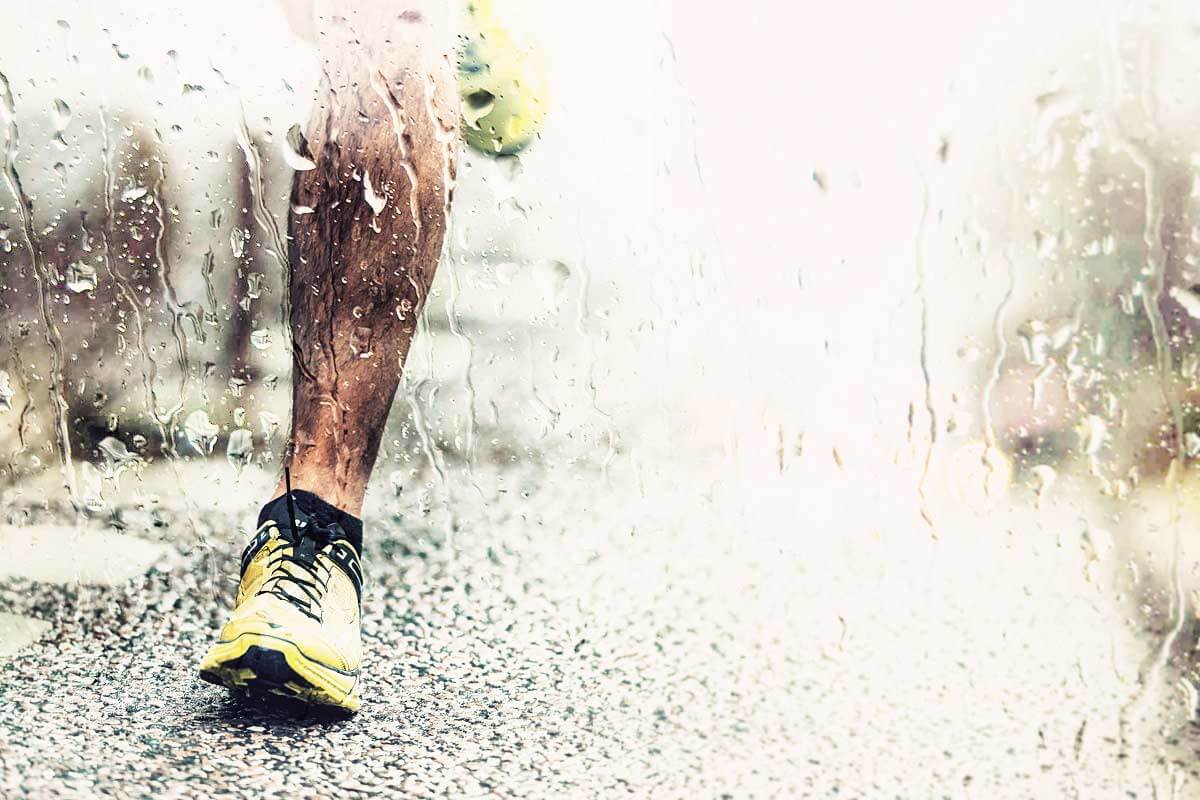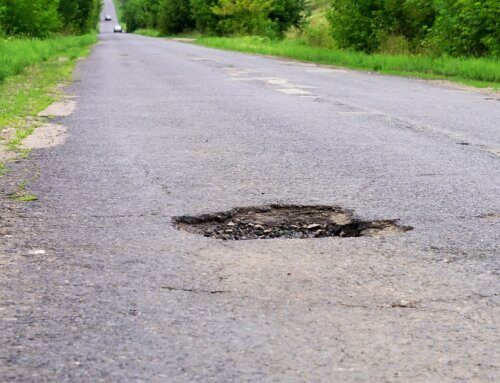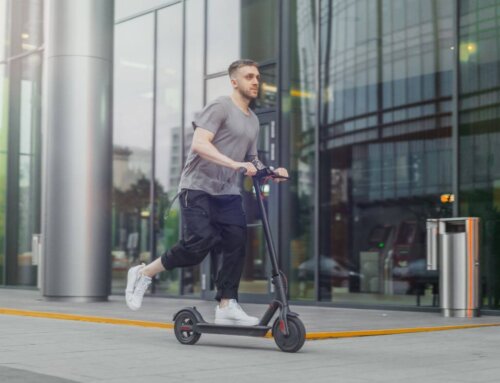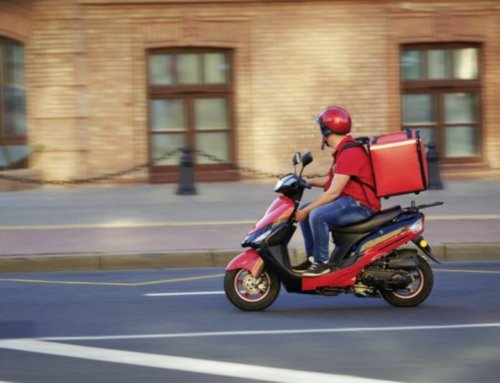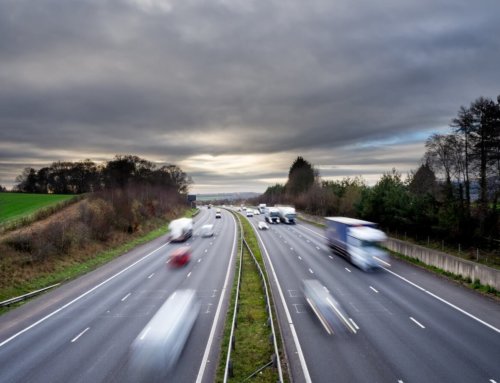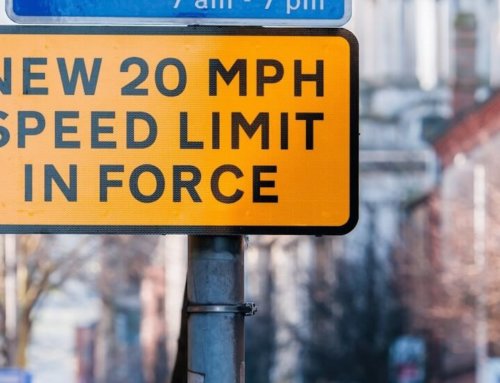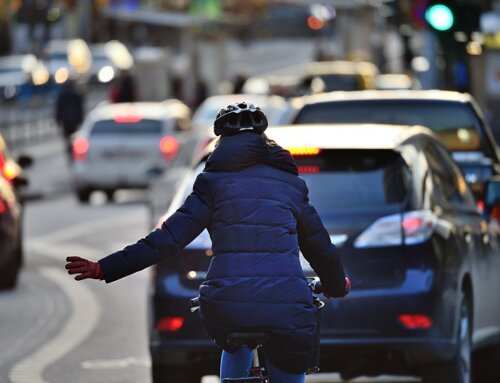This article was updated in December 2023.
After years of road running and taking part in half and full marathons in the UK and abroad, over the past few years, I’ve become ever more aware of the increasing dangers that runners face whenever they run on roads without a pavement.
It’s not that I was previously blasé about my safety when sharing the road with motorists. However, there’s a feeling within the running community that the roads have become less safe for runners, pedestrians, cyclists, and other vulnerable road users since the pandemic – more traffic, people driving faster and, in some cases, drivers showing a reckless disregard for other road users who share the road with them.
My colleagues at Mooneerams Solicitors have dealt with a number of personal injury compensation cases involving runners and even more pedestrian accident claims. Thankfully, I’ve not yet had to avail myself of their legal advice and assistance; by taking some sensible precautions and staying alert, it’s usually possible to avoid any unpleasantness. However, like every other runner, I’m mindful that I can only regulate my own actions, not those of other people.
A Runner’s Perspective
As an experienced runner, I’m no stranger to the perils of sharing the road with motorists. Whether it’s a quiet morning jog on the country roads around my home or a run through a bustling city, the risks are ever-present. A moment’s distraction, a slight misjudgment, or a sudden swerve can result in life-altering consequences for runners. When running on roads without pavements, the risk of coming to harm increases significantly.
It’s not just about the physical dangers posed by motorists. The psychological impact of a road accident or even a close encounter with a car, van or lorry can be equally traumatic.
Running into trouble
The closest I’ve so far come to being killed or seriously injured whilst running happened a few years ago when I was training to take part in the Berlin Marathon.
I live in a village which has only one main road running through it. Although it is a ‘B road’, it still gets busy, particularly at rush hour, as it is a ‘rat run’ to a nearby roundabout, which leads to a motorway slip road. The speed limit is 30 mph throughout most of the village, although at either end of the 3-mile-long road, it increases to 40mph.
There isn’t much in the way of pavement on this road. In fact, there’s no more than 100 yards or so of narrow pavement, and that’s just on one side of the road.
So, whether you are a runner or a pedestrian, you have no option but to run or walk on the road to get anywhere in the village on foot.
I always run towards oncoming traffic, staying as close to the kerbside of the road with the traffic in that carriageway coming towards me.
Two things always strike me when I’m running on the road surface, as it focuses the mind very much on what other road users are doing:
- About 50% of motor vehicles drive well in excess of the speed limit of 30mph. I know that to be the case, even without the benefit of carrying a speed gun. That’s why I say, ‘well in excess of 30mph.’ I can’t judge 31 mph; I can judge well in excess of 30mph, which is often likely to be anything from 40mph upwards.
- The number of vehicles that don’t make any real effort to either slow down when they see me for the first time or give me a wide berth is worrying and frightening in equal measures.
On this particular day, for the first time since I started running again in earnest, I had a moment when my life flashed before me. I was approaching a bend when an open-top sports car came flying around it in my direction. I saw him, so he should have been able to see me as he emerged from the bend. He was certainly doing well over 30mph. In fact, he was flying. I had nowhere to go on my right-hand side because of the presence of hedges right up to the roadside.
Before I knew it, the vehicle was brushing past me. I actually stopped running and pressed myself into the hedge. He missed hitting me by a matter of inches. After passing me, he belatedly hit his brakes very hard. As he pulled to a halt, further down the road behind me, I heard him yelling, “Get off the ***** road!”
I must confess that after taking a moment to gather my thoughts, amid the realisation that I was somehow still of this world, he got a volley of verbal abuse in response, albeit that it was wasted, as by that stage, he’d set off again, without, it has to be said, checking to see if I was ok.
Could the driver have done more? Of course, he could:
- He should have been driving much more slowly than he was.
- Had he been driving within the speed limit, he would have had time to clock my presence sooner than he did and take appropriate action to pass by me safely.
The Highway Code
This incident encouraged me to check the Highway Code and to look at the rules relating to pedestrians walking (running) on the road, where there is no pavement. The relevant rule is contained in number 2 of the Rules for Pedestrians;
“If there is no pavement, keep to the right-hand side of the road so that you can see oncoming traffic.”
Section 163 of the Highway Code provides that motorists should:
Allow at least 2 metres of space and keep to a low speed when passing a pedestrian who is walking in the road (for example, where there is no pavement).
Vulnerable Road Users
As road traffic accident solicitors, we talk about vulnerable road users. The three most vulnerable groups of road users, in order of vulnerability, are:
- Motorcyclists
- Cyclists
- Pedestrians – the most vulnerable of all.
My near miss made me reflect on how exposed we, as runners and pedestrians in general, really are. When we walk or run on the road, as we are entitled to, we are vulnerable to motor vehicles travelling at fast speeds, often too fast, in very close proximity to us. We have no idea whether the person heading towards us is drunk, distracted by their phone, in a foul mood, not paying attention, or has poor driving skills – or, for that matter, is a perfectly sensible and courteous driver. Either way, the margin for error is minimal, and the potential for a serious road traffic accident to occur is high.
Speed kills
When it comes to looking at the causes of road traffic accidents, all the evidence points to speed as the number one offender.
Studies carried out by The Royal Society for the Prevention of Accidents (RoSPA) reveal that a pedestrian hit by a car travelling at between 30mph and 40mph is between 3.5 and 5.5 times more likely to be killed than if hit by a car travelling at below 30mph.
According to the RoSPA:
“Inappropriate speed contributes to around 12% of all injury collisions reported to the police, 13% of crashes resulting in a serious injury and 24% of collisions that result in a death. This includes both ‘excessive speed’, when the speed limit is exceeded but also driving or riding within the speed limit when this is too fast for the conditions at the time (for example, in poor weather, poor visibility or high pedestrian activity).”
RoSPA’s research tells us that 66% of accidents in which people are killed or suffer injury occur on roads where the speed limit is 30mph (or less).
Pedestrian Accident Statistics
The latest reported statistics on pedestrian accident deaths (for the year 2022), reveal that 385 pedestrians were killed in road traffic accidents and 5,901 suffered serious injuries, with 13,041 suffering less serious injury. Between the years of 2021 and 2022, pedestrian deaths rose by 7%.
Pedestrians have a right to walk (or run) along the road, particularly if no pavements exist. Runners are entitled to expect motor vehicle drivers to obey speed limits and remain alert to the possible presence of runners on the same road they are on! The roads belong to all road users, not just those who travel on four wheels.
At Mooneerams, we are specialists in road traffic accident claims. We have recovered millions of pounds of compensation for people injured in road traffic accidents. This includes significant amounts of compensation recovered on behalf of clients who have brought successful pedestrian accident claims.
If you have been injured in a road traffic accident that wasn’t your fault, whether in a pedestrian accident or another kind of road accident, call 029 2048 3615.
Your call will be answered by one of our experienced personal injury team members, who will be on hand to provide initial free legal advice on whether you have reasonable prospects of making a claim. If you decide you want Mooneerams to handle your claim, in most cases, we will be able to offer you the protection of a No Win, No Fee agreement. Call now on 029 2048 3615, contact us online or email enquiries@mooneerams.com.

